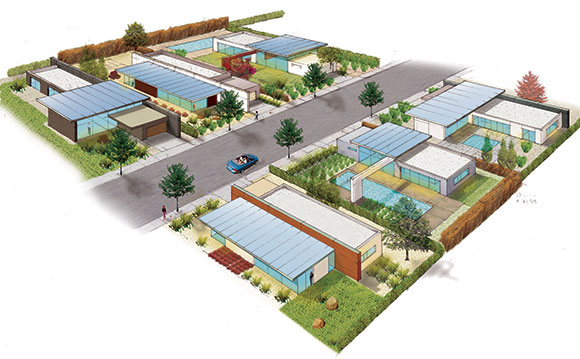#144: THE NECESSARY EVIL OF PLANNED COMMUNITIES?
Too many gable roofs? (photo from realestateconsulting.com)
I have designed within a number of planned communities, meaning neighborhoods where architectural guidelines are provided, sometimes dictated. At such communities, the architectural look and feel—from building height and size to materials and colors, from specific styles to window proportions—are regulated for the sake of “neighborhood compatibility, harmony, and consistency”–and other such righteous words.
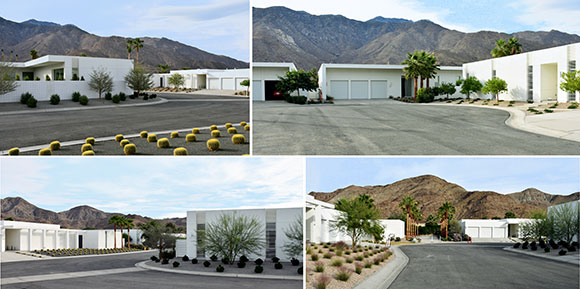
Let’s start with the good in planned communities. With cities that have architectural guidelines and a smart review committee to enforce said guidelines, the streets will maintain a congruent and agreeable character. No single building will stand out like a sore thumb. Residents can rely on a visually pleasant environment.
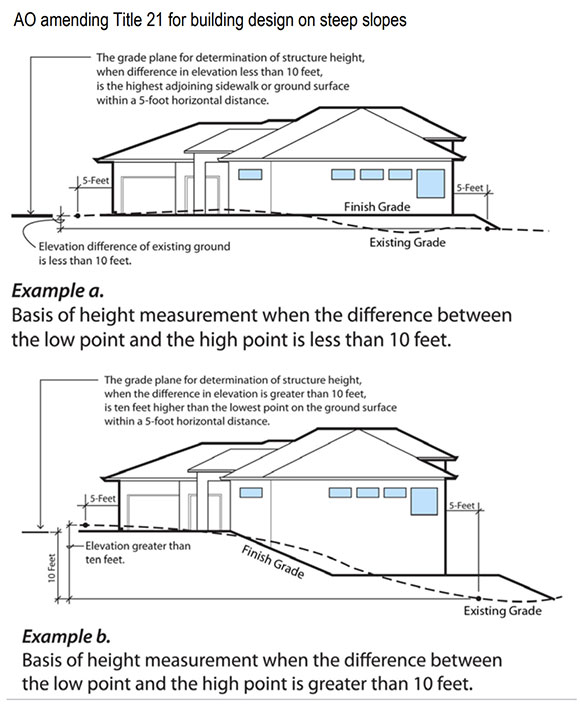
But who establishes such rules in the first place, and who stands by them? There are good guidelines and there are bad. Mostly, I find that planned communities have bad and narrow guidelines, ideas that actually favor bad design and result in poorly conceived architecture. And here’s a common piece of knowledge: the city committees charged to create the standards and carry them out are rarely professionals in the architecture industry or any related design industry. Mostly, these committee members are lay citizens eager to hold a political position, and they have limited expertise in determining if a proposed design suits the design intent of the stated parameters.
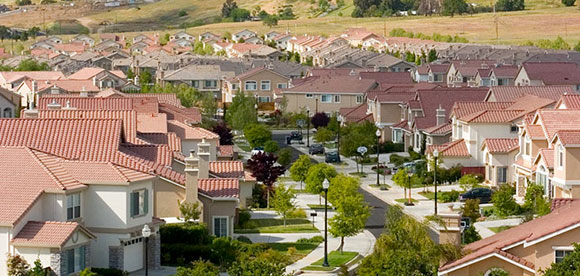
Formulas have a purpose, but not when they limit individuality and progress—not when the result is monotony and boredom. Many planned cities not only require each building to be similar, but that each building be more of the exact same. Does the phrase, “cookie cutter” come to mind? Some architectural guidelines will not only dictate the two types of roofing materials allowed within the city boundaries, but also the supplier of said roof material. Kickback, anyone? One unfortunate example comes to mind where the roof material required by the city is an inferior product compromising durability and safety. Yet, the city still mandates the use of the compromised product. Because in the minds of design committees, “rules are rules.”
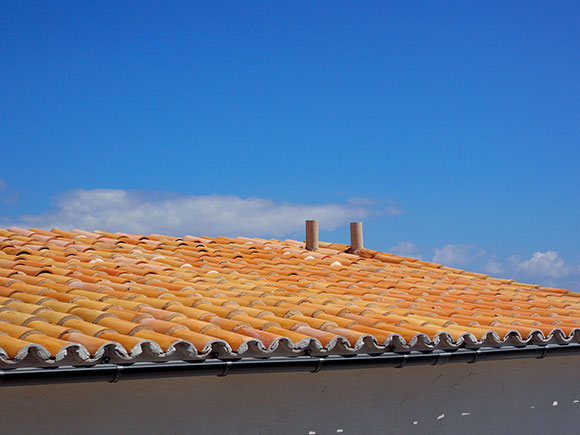
Many design-driven architects tend to stay away from these communities of limits. Not because we won’t get to flex our creative egos, but because there will always be the point where our clients won’t get what they had hoped for, because they want something that the town’s architectural guidelines prevent them from having, like maybe a subtle evolution or interpretation of one of the rules. But the judgmental non-professionals on the review committees cannot separate the concept of design intent vs. the literal application of rules.
Lastly, it certainly seems arbitrary when the committee decides that the proposed design doesn’t meet well-intentioned but meaningless rules such as, “All building designs should be a positive complementary enhancement to the existing architecture, quality of life, and character of the community, through scale, character, shape, form, and relationship to surrounding neighborhood.” What does this mean, and who is to judge?
